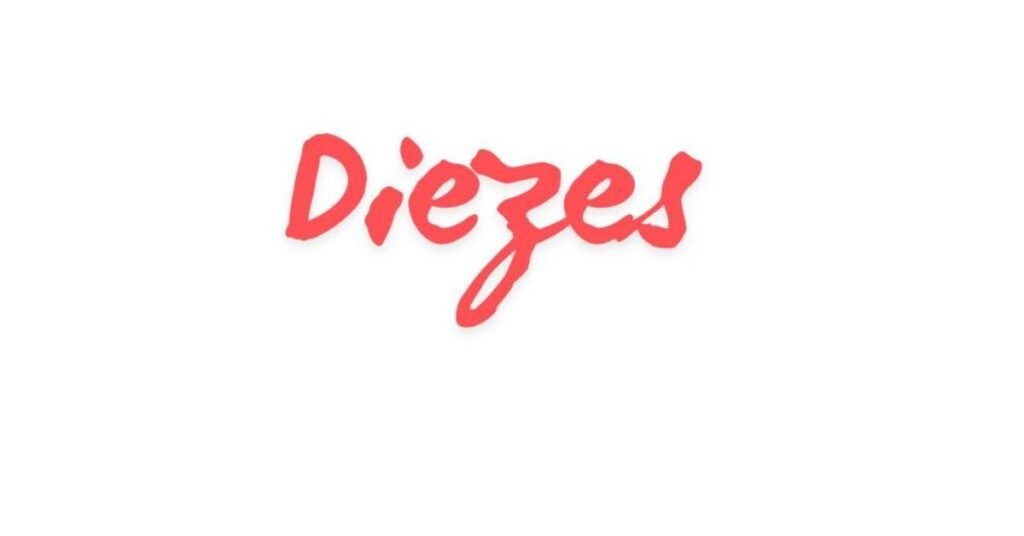Introduction
Diezes, or sharps (#), play a crucial role in music theory and notation. They alter the pitch of a note, providing musicians with a way to express different tonalities and emotions. This article will delve into the intricacies of diezes, including their importance, real-world applications, challenges, and solutions. Whether you’re a seasoned musician or a beginner, understanding diezes is essential for mastering music theory.
Detailed Explanation of Key Concepts
What Are Diezes?
Diezes are a symbol in music that raises the pitch of a note by one semitone. In Western music notation, This music theory are represented by the “#” sign and placed before the note on the staff. This notation informs the musician to play the note at a higher pitch.
How Diezes Work in Music Theory
When a note has a diezes sign before it, the pitch increases by a semitone. For example, a C with a sharp (C#) is played higher than a natural C. This music theory help in creating sharp keys and form a fundamental aspect of scales, particularly in major and minor tonalities.
Diezes in Scales and Keys
In terms of scales, diezes are essential for forming sharp keys. For instance, the G major scale contains one sharp—F#. Similarly, A major has three sharps: F#, C#, and G#. Understanding how This music theory work in scales is crucial for musicians to play accurately in different keys.
Enharmonic Equivalents
Diezes also lead to what is known as enharmonic equivalents. This term refers to two notes that sound the same but are written differently. For example, C# is enharmonic to D-flat (Db), meaning they sound identical, but their notation and context vary.
Role of Diezes in Modulation
Modulation, or changing from one key to another, often involves using diezes. By introducing sharp notes, composers can shift the tonal center seamlessly, adding complexity and depth to their music. This music theory make this transition smoother by guiding the musician through different key signatures.

Importance and Benefits of Diezes in Music
Creating Tonal Variation
Diezes add color to music by introducing half-step intervals. This change in pitch allows composers to craft more intricate harmonies and melodies. Without This music theory, many pieces would sound flat and monotonous, lacking the depth created by sharp notes.
Forming Complex Chords
Diezes are indispensable in chord formation, especially in jazz and classical music. Sharp notes help build seventh, ninth, and altered chords, which are essential in creating tension and resolution in harmonic progressions.
Expanding Musical Expression
By raising the pitch of certain notes, musicians can explore new emotions and tonalities. Sharp notes can convey brightness, tension, and energy, making them an essential tool for emotional expression in both composition and performance.
Enhancing Key Versatility
Sharp keys are often used to accommodate specific instruments. For example, string instruments like the violin and guitar are tuned in such a way that sharp keys are easier to play. This music theory, therefore, not only enhance the musical range but also improve playability for certain instruments.
Applications and Use Cases of Diezes
Diezes in Classical Music
Classical music frequently utilizes diezes to shift between major and minor keys. Composers like Beethoven and Chopin used sharp keys extensively to add emotional depth to their compositions. For instance, Beethoven’s Piano Sonata No. 14 in C# minor (Moonlight Sonata) relies heavily on sharp notes to evoke a haunting and melancholic tone.
Diezes in Jazz Music
In jazz, sharp chords are a staple of the genre’s improvisational nature. Jazz musicians often employ sharp notes to create tension in their solos or chord progressions. Altered chords, which include sharped fifths or ninths, are commonly used in jazz standards to add complexity and excitement to the music.
Diezes in Rock and Pop Music
Diezes are equally prominent in rock and pop music. Guitarists frequently use sharp keys for ease of playing power chords. Songs written in keys with This music theory, such as E major or B major, often have a brighter, more energetic sound. For example, many rock anthems are composed in sharp keys to create uplifting and powerful melodies.
Diezes in Film Scores
Film composers use diezes to enhance the emotional impact of a scene. Sharp keys can evoke feelings of tension, excitement, or urgency. For instance, in action sequences, composers may use diezes to add intensity, whereas in romantic scenes, they might use sharp notes to express tenderness or passion.
Challenges and Solutions Related to Diezes
Complexity in Reading Sharp Keys
One common challenge for musicians, especially beginners, is reading music with multiple diezes. Sharp keys like B major (with five sharps) can be overwhelming, leading to confusion and mistakes during performance.
Solution: Practice and Familiarization
The key to overcoming this challenge is consistent practice. Musicians should familiarize themselves with sharp key signatures by playing scales and exercises in those keys. Over time, reading and playing sharp notes will become second nature.
Difficulty in Tuning Instruments
Instruments such as guitars or violins can be difficult to tune precisely in sharp keys. The slight pitch increase caused by diezes requires musicians to fine-tune their instruments carefully to avoid sounding off-key.
Solution: Use of Tuners and Apps
Electronic tuners and tuning apps can significantly help musicians achieve the correct pitch in sharp keys. These tools allow for more precise tuning, making it easier to play in keys with multiple diezes.
Confusion Between Sharps and Flats
Beginners often confuse sharp notes with their flat counterparts. Since many sharp notes have enharmonic equivalents (e.g., C# and Db), distinguishing between the two can be challenging.
Solution: Learn Contextual Differences
The best way to address this confusion is to understand the context in which each note is used. Musicians should study the differences between sharp and flat keys to identify when a sharp is more appropriate than its enharmonic equivalent.
Transposing Music with Diezes
Transposing a piece of music that contains multiple diezes can be a daunting task, especially when switching between sharp and flat keys.
Solution: Use Transposition Tools
Many musicians use digital tools or apps to help with transposition. These tools automatically adjust notes and key signatures, making it easier to play a piece in a different key without manually rewriting the music.
Conclusion
Diezes are an indispensable part of music theory, offering musicians a way to enhance tonal variety, emotional expression, and harmonic complexity. From classical compositions to jazz improvisations and modern pop songs, diezes play a vital role in shaping the sound and mood of music. While they present some challenges, consistent practice and modern tools make mastering diezes an achievable goal for any musician.
FAQs
1. What is the difference between a sharp and a flat note?
A sharp note raises the pitch by one semitone, while a flat lowers it by one semitone. They are often used interchangeably in different contexts, but their notation and function in music theory differ.
2. How can I get better at reading sharp keys?
Practicing scales in sharp keys is the best way to become familiar with them. Start with simple keys like G major and gradually work your way up to more complex ones like B major.
3. Are diezes only used in classical music?
No, diezes are used in various music genres, including jazz, rock, pop, and even film scores. They add tonal variety and are essential for creating complex harmonies and melodies.
4. Can electronic tuners help with sharp notes?
Yes, electronic tuners and tuning apps can assist musicians in achieving precise pitch when tuning instruments in sharp keys, ensuring they sound accurate during performances.
5. What is an enharmonic equivalent in music?
Enharmonic equivalents are two notes that sound the same but are written differently. For example, C# and Db are enharmonic equivalents, meaning they have the same pitch but appear differently in notation.




